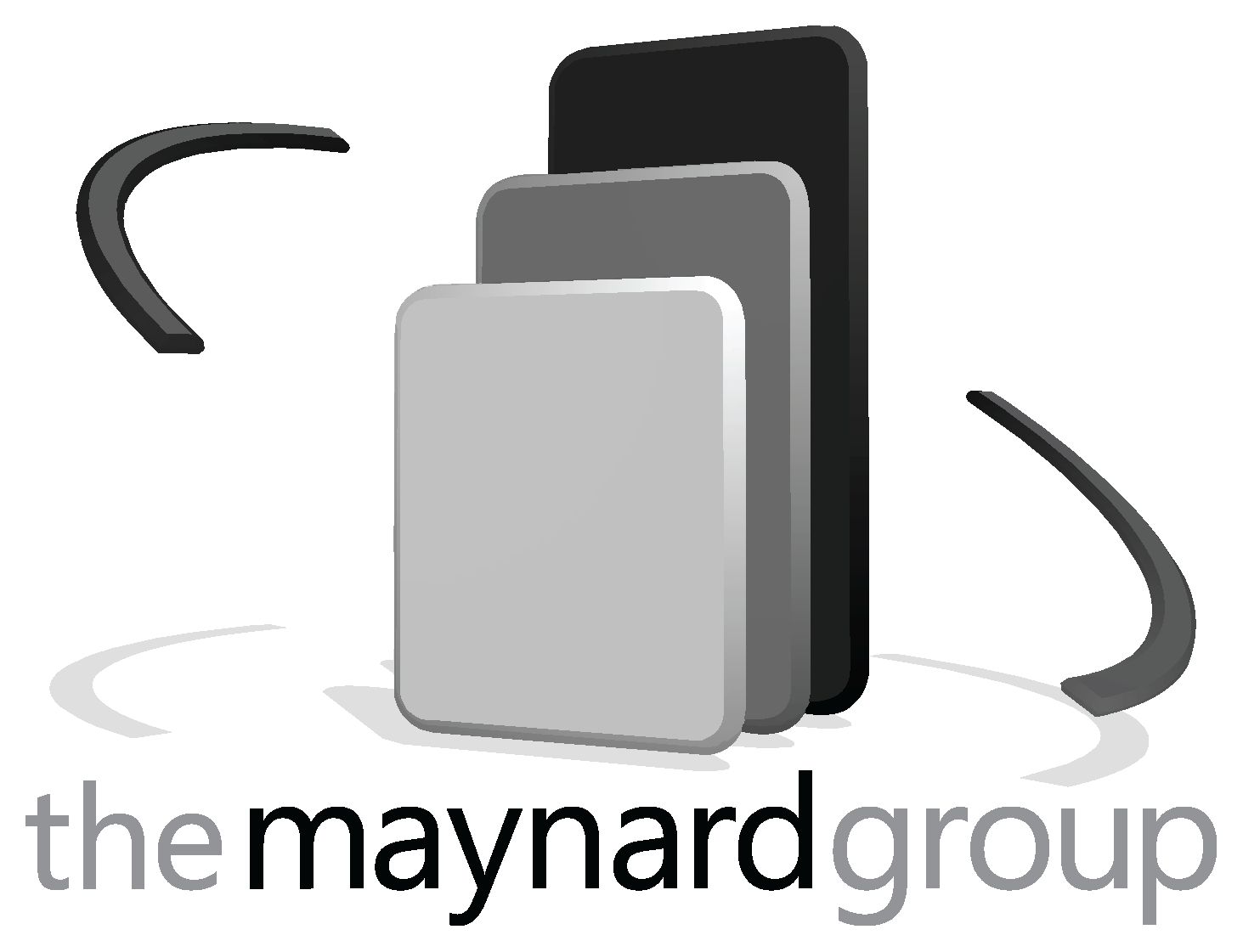The Professionals Guide to Choosing the Right Microsoft Teams Calling Option
/Microsoft Teams has slowly taken the world by storm, evolving from an instant messaging app into a full-blown communications platform thanks to one crucial factor: the ability to make and take outside calls from the platform using three different calling options.
Now, businesses using Teams can chat with customers and partners who don’t have Teams right from Teams. The one hurdle? Some companies aren’t sure which Microsoft Teams calling option is right for them.
We’re here to answer that question.
The Three Major Microsoft Teams Calling Options
Before we discuss how to choose your perfect fit, it’s important that you understand what you’re choosing from. Each option connects you to the public switched telephone network (PSTN) but in different ways.
Microsoft Teams Calling Plans
These subscription-based services provided by Microsoft let Teams users make and receive calls from traditional phone numbers within the app. These plans are offered at various tiers, giving you fixed monthly pricing for domestic and international calling. Companies often choose it if they don't have a dedicated phone system in place.
While this option is convenient and relatively easy to set up, calling plans may lack some advanced features and could be pricier than other options.
Direct Routing
This method lets companies use their preferred provider to connect Teams to the PSTN using a session border controller (SBC) and SIP trunks. Think of it as making your own shortcut to the PSTN instead of sticking to Microsoft’s preset paths. Direct Routing allows businesses to pick a provider with:
· Better domestic and international coverage
· More advanced call control features
· Plug-and-play integrations with other platforms
· And more!
This level of control and customization helps businesses save on costs, stay flexible, and have more control over their capabilities and features.
Operator Connect
Think of this as the middle ground between calling plans and Direct Routing. Here, you partner with a Microsoft-certified provider or operator, and they can connect you to the PSTN using SIP trunks. Everything is configured within without investing in an SBC!
While it’s less flexible and cost-effective than Direct Routing, it’s a good option for companies that want a little flexibility without worrying about additional setup.
How to Choose the Right Microsoft Teams Calling Option for You
Let’s get into five steps you should take to find the right option.
Assess Your Requirements
Knowing what you need will help you make the right decision faster. If you’re not sure where to start, here are a few questions to get you on the right track:
What is your current communication infrastructure?
Do you have an existing phone system you like and want to keep using, or are you starting from scratch? This will determine if you need to integrate with Teams or make Teams your central communication platform.
What features do you need?
If your needs are simple, a calling plan might work. However, if you need more advanced features, capabilities, and integrations, you’ll need something more powerful and flexible than a basic calling plan.
How big is your organization?
If you’re a smaller company that only fields a few calls a day, more manageable calling plans would be ideal. If you’re a larger company with multiple offices across the country, Direct Routing would best fit your needs.
Where are your customers located?
If you operate globally, you’ll need a Microsoft Teams calling option that supports consistent international calling.
Consider The Cost
Evaluating each calling option's cost— now and over time—is a standard step but still quite important. After all, you don’t want to get excited over the “perfect calling plan” only to find out you can’t afford it. So, be sure to compare the pricing plans of different calling options to find the one that best suits your needs.
Seek Expert Advice
If you’re stuck choosing between Direct Routing or operator connect, you can reach out with questions! Teams-certified providers like The Maynard Group have been specially trained on the platform. They can help you assess which option would fit. Plus, they might be able to help you design your own solution, which brings us to point four.
Consider A Hybrid Solution
Choosing the right calling option isn’t an all-or-nothing decision. If you partner with a third-party provider like The Maynard Group, they can help you create a mix of native Teams phone features and theirs based on your needs.
Let's say your team relies heavily on Teams' chat and video conferencing capabilities but needs more robust contact center features. A partner like The Maynard Group can integrate Teams with their platform so you can have the best of both worlds in one familiar platform.
If this sounds like something your company might need, we’d suggest choosing a provider who offers flexible Teams connectivity options and unified management.
Start Small
Consider starting with a smaller deployment or pilot project to test your calling option before rolling it out to the rest of your company. This will help you see how it performs during a typical workday.
If it performs well, then it’s time to embrace it with both arms. If it doesn’t, then you can reevaluate without causing confusion or damaging your budget.
Need Additional Support? Call The Maynard Group!
We can help you choose the perfect Microsoft Teams calling option for your company, no matter your size or your niche in the market. Our experts can also suggest hybrid solutions that can make the most of your current investments. Reach out today to get started!


